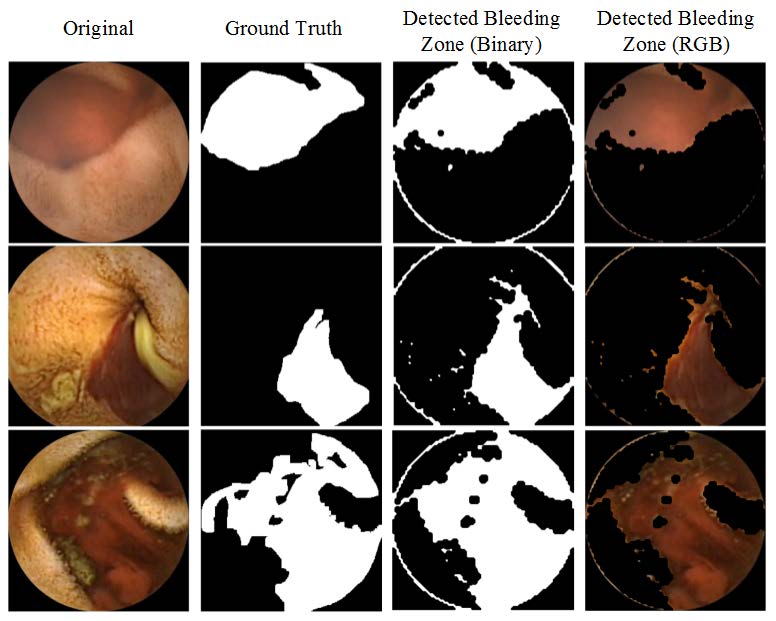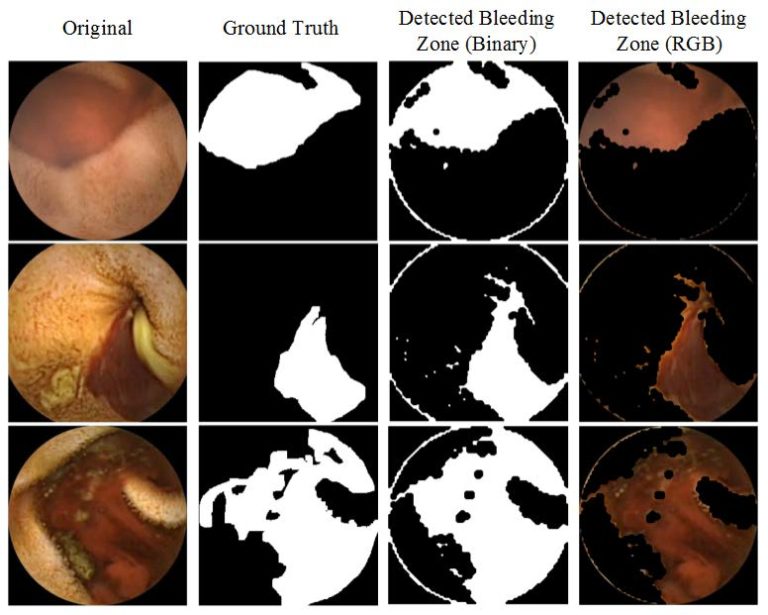
Wireless capsule endoscopy (WCE) is the most advanced technology to visualize whole gastrointestinal (GI) tract in a non-invasive way. But the major disadvantage here, it takes long reviewing time, which is very laborious as continuous manual intervention is necessary. In order to reduce the burden of the clinician, in this paper, an automatic bleeding detection method for WCE video is proposed based on the color histogram of block statistics, namely CHOBS. A single pixel in WCE image may be distorted due to the capsule motion in the GI tract. Instead of considering individual pixel values, a block surrounding to that individual pixel is chosen for extracting local statistical features. By combining local block features of three different color planes of RGB color space, an index value is defined. A color histogram, which is extracted from those index values, provides distinguishable color texture feature. A feature reduction technique utilizing color histogram pattern and principal component analysis is proposed, which can drastically reduce the feature dimension. For bleeding zone detection, blocks are classified using extracted local features that do not incorporate any computational burden for feature extraction. From extensive experimentation on several WCE videos and 2300 images, which are collected from a publicly available database, a very satisfactory bleeding frame and zone detection performance is achieved in comparison to that obtained by some of the existing methods. In the case of bleeding frame detection, the accuracy, sensitivity, and specificity obtained from proposed method are 97.85%, 99.47%, and 99.15%, respectively, and in the case of bleeding zone detection, 95.75% of precision is achieved. The proposed method offers not only low feature dimension but also highly satisfactory bleeding detection performance, which even can effectively detect bleeding frame and zone in a continuous WCE video data.

